Designing the surface of a yacht perfectly means bringing the owner’s demands for the craft together with those of the yacht builder in the best possible way
Sometimes the applicator and owner are in close communication - for example, on small yachts – or sometimes, an entire team of painters works to implement the owner’s wishes for his superyacht. But one point is always a requirement for the perfect result: choosing the right paint system.
The manufacturers of professional yacht coatings offer various solutions for the “final finish.” Which choice is ideal – PU (Polyurethane) topcoats, acrylic systems, or a polyurethane high-solid base coat/clear coat layer structure? It’s time to get to the bottom of this issue and compare the performance of the three systems.
The Requirement Leads to the Solution

To begin, it must be said that there is no ONE paint system. PU, Acrylic, and BaseCoat/ClearCoat systems have unique strengths and advantages that give each of them a clear reason for being in the yacht market.
But how can I tell which coating solution suits my project? In a nutshell, the specific properties of the respective paint system provide a good guide when choosing the suitable coating. This guide can be divided it into two categories: “properties during the application process” and “long-term properties” after the actual coating.
Let’s start with the final result. Paint always has an essential primary function - to protect and preserve the value of goods. Given the cost of a yacht, this is, of course, a crucial point. Functionalities such as stability to UV light and color, the degree of gloss, its preservation over time, and easy care and maintenance of the surface, are essential. Experience shows that all owners have the highest expectations for these characteristics.

A good finish starts with the first technical thoughts of how to apply it. The best way to meet these expectations is through the amount of effort put into the painting process. Time and cost play an essential role in the outcome as well as the painting conditions under which the new finish is created. The coating environment’s requirements and the coating system’s processing properties must always match each other as well as possible to produce outstanding surfaces.
In summary, it can be said that the owner’s requirements must be balanced against the time available, the costs, and the general conditions of the coating process. From this, one obtains an indicator for the paint system to be chosen.
Let’s look at the three systems together with Thomas Schultz, Sales Director of Alexseal Yacht Coatings, and where they lead to the best result based on his many years of market experience.
Polyurethane Topcoat - A high-performing Evergreen for every yacht size
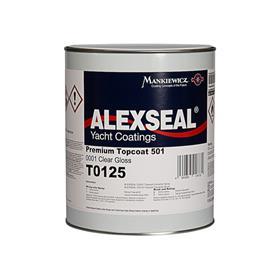
“This type of topcoat has consistently been state-of-the-art on numerous projects in the yacht market,” according to the experienced yacht market expert who helped build the Alexseal brand globally. “Two outstanding features of the paint are always why this system is chosen – the impressive gloss level of the finish on the result side and the good overspray uptake on the application side.”
If one also looks at the maintenance and servicing side, there is also the aspect of good repairability. Polyurethane topcoats are thus a safe choice for both small and large yachts and have established themselves in the market for decades. At Alexseal Yacht Coatings, this is the case with the Premium Topcoat 501 product line, which is available in a wide range of solid colors and individual “custom colors.” With numerous auxiliary products, the Premium Topcoat can ideally adjust to the desired processing conditions. The system can be applied with the spray gun and is also rollable.
Acrylic Topcoat- Fast and shiny finish for smaller and medium-sized yachts
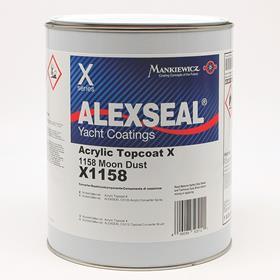
“Nevertheless, an acrylic topcoat is also highly important in the market. Compared to the other two systems, it is much more workable when the painting conditions are not quite optimal,” Thomas elaborates. “Two functionalities of the acrylic shine above all. Firstly, it has a faster drying time, and therefore, offers less surface for dirt particles to adhere to the still-wet paint film. In addition, the dried coating has very good polishability as it is slightly softer than a PU topcoat or a BC/CC system.
With Acrylic Topcoat X, we have a product on the market for a good two years that plays on the level of the other two systems in terms of gloss level – even surpassing them in some cases,” the Head of Sales refers to the product range of the global coatings supplier. ” In the US, where we have many end users who design their smaller yachts themselves as DIY users, Acrylic Topcoat X has gained an excellent foothold. Acrylic Topcoat X is frequently used in Europe as well, specifically Italy, Greece, and Turkey.” In these locations, the painting and refit conditions are not necessarily cleanroom quality, and sea winds create particles in the air that could harm the wet paint. Another extra benefit of Acrylic Topcoat X for fast drying is its excellent hiding power, which often requires fewer coats even in direct comparison with other Acrylic yacht paints.
Base Coat/Clear Coat System- With one extra layer to high-gloss durability
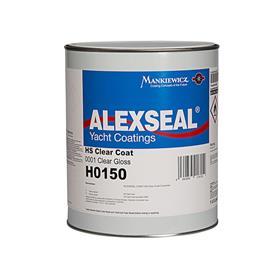
The situation is reversed with the Base Coat/Clear Coat (BC/CC) system layers because with this polyurethane system, the crucial advantage lies in the last, extra layer – the clear coat. “The application of this system is clearly in the hands of experienced painters and is suitable for special requirements,” Thomas explains. But the effort of the extra layer and the craftsmanship required to achieve it pays off especially well. The BC/CC build has the greatest Hiding Power and exceptional Depth of Image (DOI) of all three systems. Excellent results are also achieved in terms of gloss level and gloss stability. In addition, the clearcoat provides excellent protection and outstanding durability. This package of properties is not just appealing to the owners of mega yachts. “Our Base Coat/Clear Coat is also frequently used in the professional sailing yacht sector. In addition to a high-gloss appearance, massive durability is particularly in demand because the hulls and decks of Imocas competing in the Vendée Globe, Route du Rhum, and other top-class sailing events are exposed to unspeakably harsh weather conditions and mechanical stresses,” says Thomas.
Performance requirements vary greatly depending on the yacht and its intended use. However, carefully selecting the right paint system can more than meet these complex requirements. So there is no ONE paint system. But three technologies always have the right solution.
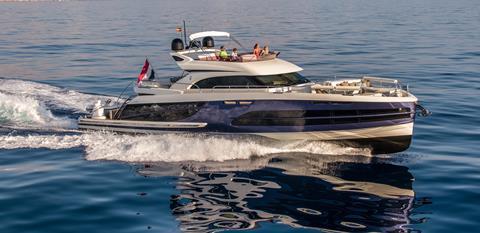

ALEXSEAL® - A strong Brand of the Mankiewicz Group
ALEXSEAL® is the yachting brand of the German paint manufacturer Mankiewicz which celebrated its 125th birthday in 2020. True to the company’s motto “Coating Solutions”, ALEXSEAL® yacht coatings is the impressive result of decades of relentless research and development and stands for exterior and interior coating systems of the highest quality. Thanks to the company‘s “development and design” departments‘ consequent teamwork, countless individual wishes regarding color tones can be fulfilled. This offer is used more and more to emphasize a yacht’s uniqueness by a distinctive color. As an internationally operating company with 17 locations worldwide, we can give global on-site support, with local knowledge, wherever needed.





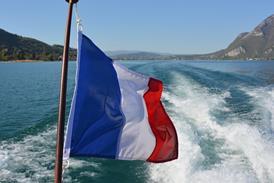

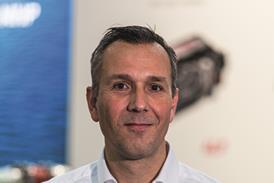


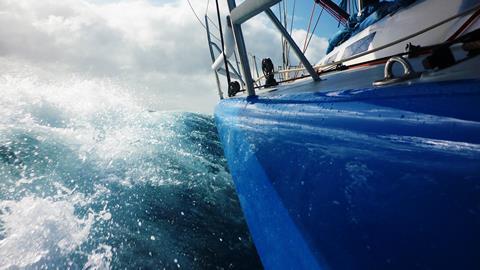
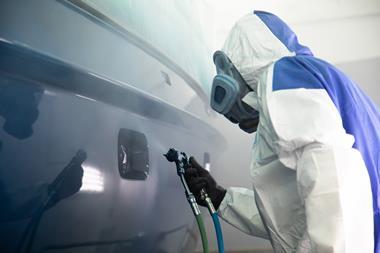
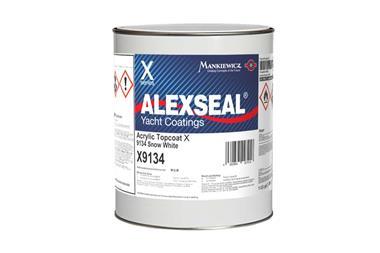
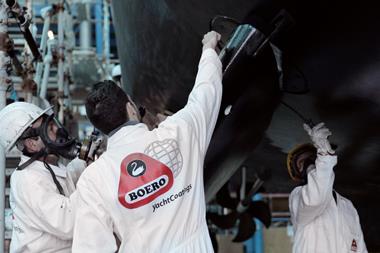
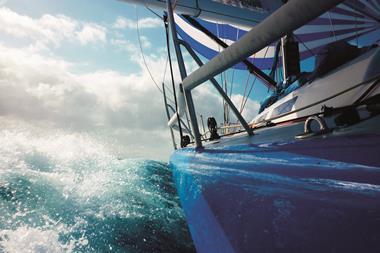

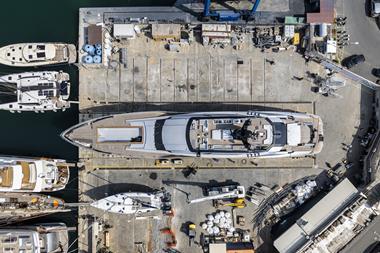
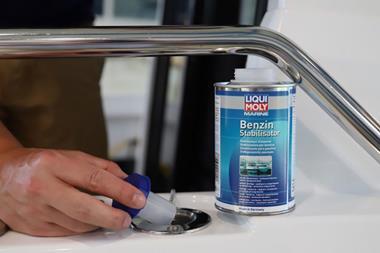

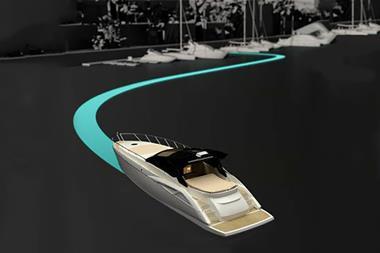
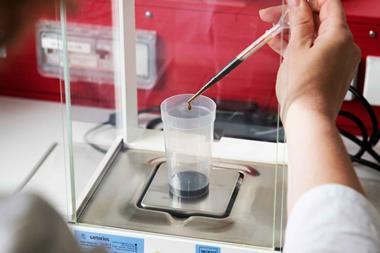
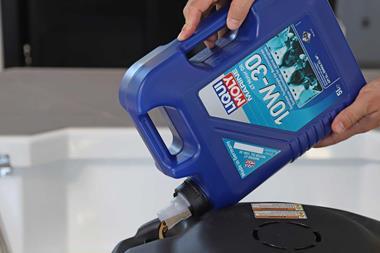
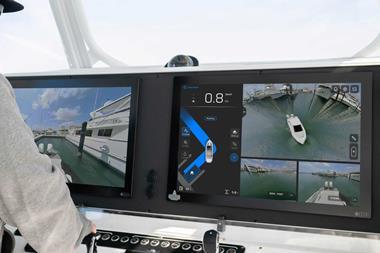
 LinkedIn
LinkedIn X / Twitter
X / Twitter Facebook
Facebook Email us
Email us




